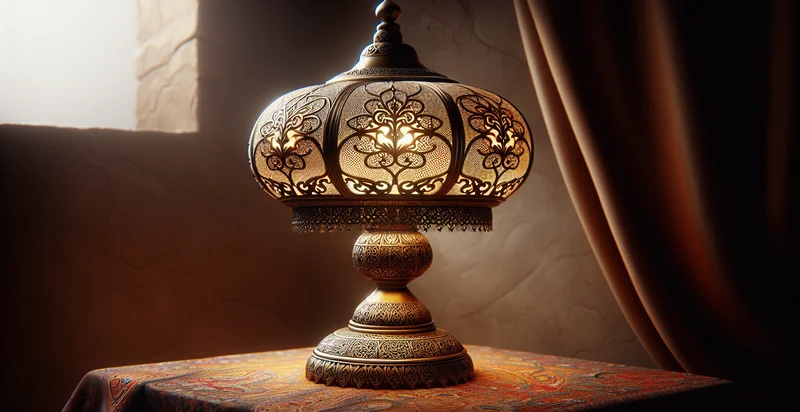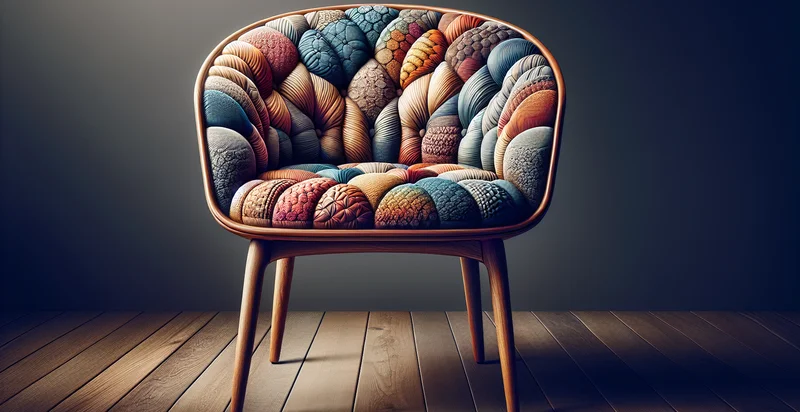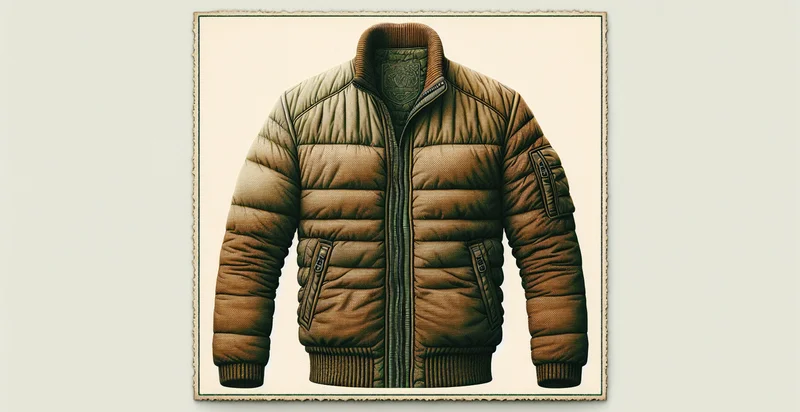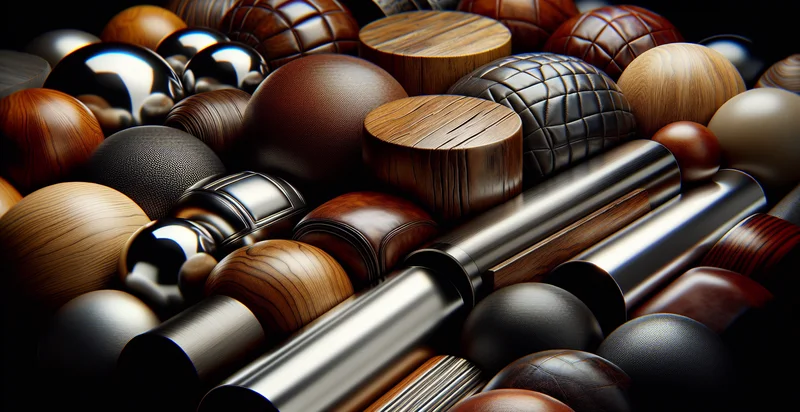Identify what material a lamp is made from
using AI
Below is a free classifier to identify what material a lamp is made from. Just upload your image, and our AI will predict what material a lamp is made from - in just seconds.

Contact us for API access
Or, use Nyckel to build highly-accurate custom classifiers in just minutes. No PhD required.
Get started
import nyckel
credentials = nyckel.Credentials("YOUR_CLIENT_ID", "YOUR_CLIENT_SECRET")
nyckel.invoke("what-material-a-lamp-is-made-from", "your_image_url", credentials)
fetch('https://www.nyckel.com/v1/functions/what-material-a-lamp-is-made-from/invoke', {
method: 'POST',
headers: {
'Authorization': 'Bearer ' + 'YOUR_BEARER_TOKEN',
'Content-Type': 'application/json',
},
body: JSON.stringify(
{"data": "your_image_url"}
)
})
.then(response => response.json())
.then(data => console.log(data));
curl -X POST \
-H "Content-Type: application/json" \
-H "Authorization: Bearer YOUR_BEARER_TOKEN" \
-d '{"data": "your_image_url"}' \
https://www.nyckel.com/v1/functions/what-material-a-lamp-is-made-from/invoke
How this classifier works
To start, upload your image. Our AI tool will then predict what material a lamp is made from.
This pretrained image model uses a Nyckel-created dataset and has 17 labels, including Acrylic, Bamboo, Carbon Fiber, Ceramic, Concrete, Fabric, Foam, Glass, Leather and Metal.
We'll also show a confidence score (the higher the number, the more confident the AI model is around what material a lamp is made from).
Whether you're just curious or building what material a lamp is made from detection into your application, we hope our classifier proves helpful.
Related Classifiers
Need to identify what material a lamp is made from at scale?
Get API or Zapier access to this classifier for free. It's perfect for:
- Retail Inventory Management: Retailers can utilize the false image classification function to automatically classify and tag lamps by their material type in their inventory system. This would streamline the management process, making it easier to track stock levels and assist customers in finding products by material preferences.
- E-commerce Product Categorization: Online marketplaces can implement this function to enhance product categorization on their platforms. By identifying lamp materials, this feature can improve customer search experiences and enable more accurate filtering options for potential buyers.
- Sustainability Analysis: Companies focused on sustainable practices can use the classification to analyze the materials used in their lamps. This data helps inform eco-friendly product development strategies and meets consumer demand for environmentally responsible products.
- Insurance Claims Assessment: Insurance companies could incorporate this function to evaluate claims related to damaged lamps. By accurately identifying the material, they can better assess the value and replacement cost, leading to a more efficient claims process.
- Material Sourcing Optimization: Manufacturers can leverage the classification to streamline the material sourcing process by categorizing lamps based on material types. This could lead to better inventory management and cost savings by allowing for bulk purchasing of specific materials.
- Quality Control in Production: Within lamp manufacturing facilities, the function can act as a quality control measure to ensure that lamps are made from the specified materials. By reducing human error in manual inspections, manufacturers can enhance their product consistency and reliability.
- Consumer Education and Awareness: Home decor platforms can use the classification to educate consumers about the different materials used in lamp production. By providing information on the benefits and characteristics of various materials, customers can make more informed purchasing decisions.


